Camping knives are essential tools for outdoor enthusiasts, combining functionality and durability in a compact form. The production of a high-quality camping knife involves several detailed steps, each contributing to the final product’s effectiveness and reliability. This article explores the intricate manufacturing process of camping knives, highlighting the key stages from concept to finished product.
1. Design and Concept
The journey of a camping knife begins with design and conceptualization. This stage involves:
- Identifying Needs: Designers consider the knife’s intended use—whether for general camping tasks, specialized applications, or both. This influences the blade shape, size, and features.
- Creating Prototypes: Initial designs are translated into prototypes using CAD (Computer-Aided Design) software. These prototypes are tested for functionality, ergonomics, and durability.
2. Material Selection
Selecting the right materials is crucial for performance and longevity. Key materials include:
- Blade Steel: Choices typically include stainless steel, carbon steel, or high-carbon stainless steel. Each material has unique properties related to sharpness, edge retention, and corrosion resistance.
- Handle Materials: Handles may be crafted from wood, rubber, or synthetic composites. The material chosen affects the knife’s grip, comfort, and durability.
3. Blade Forging and Shaping
Once the design and materials are finalized, the manufacturing process begins with blade forging:
- Forging: For high-quality knives, the blade is often forged from a solid piece of steel. This involves heating the steel until it’s malleable and then hammering it into shape. Forging enhances the blade’s strength and durability.
- Cutting and Grinding: The blade is cut to the desired shape using precision machines. Grinding machines then refine the blade’s edge and profile, ensuring it meets the design specifications.
4. Heat Treatment
Heat treatment is a critical process that affects the blade’s hardness and performance:
- Heating: The blade is heated to a specific temperature to alter its metallurgical properties. This process, known as austenitizing, prepares the blade for hardening.
- Quenching: The heated blade is rapidly cooled (quenched) to harden the steel. This step is crucial for achieving the desired hardness and edge retention.
- Tempering: The hardened blade is reheated to a lower temperature and then cooled slowly. This reduces brittleness and improves toughness, balancing hardness and flexibility.
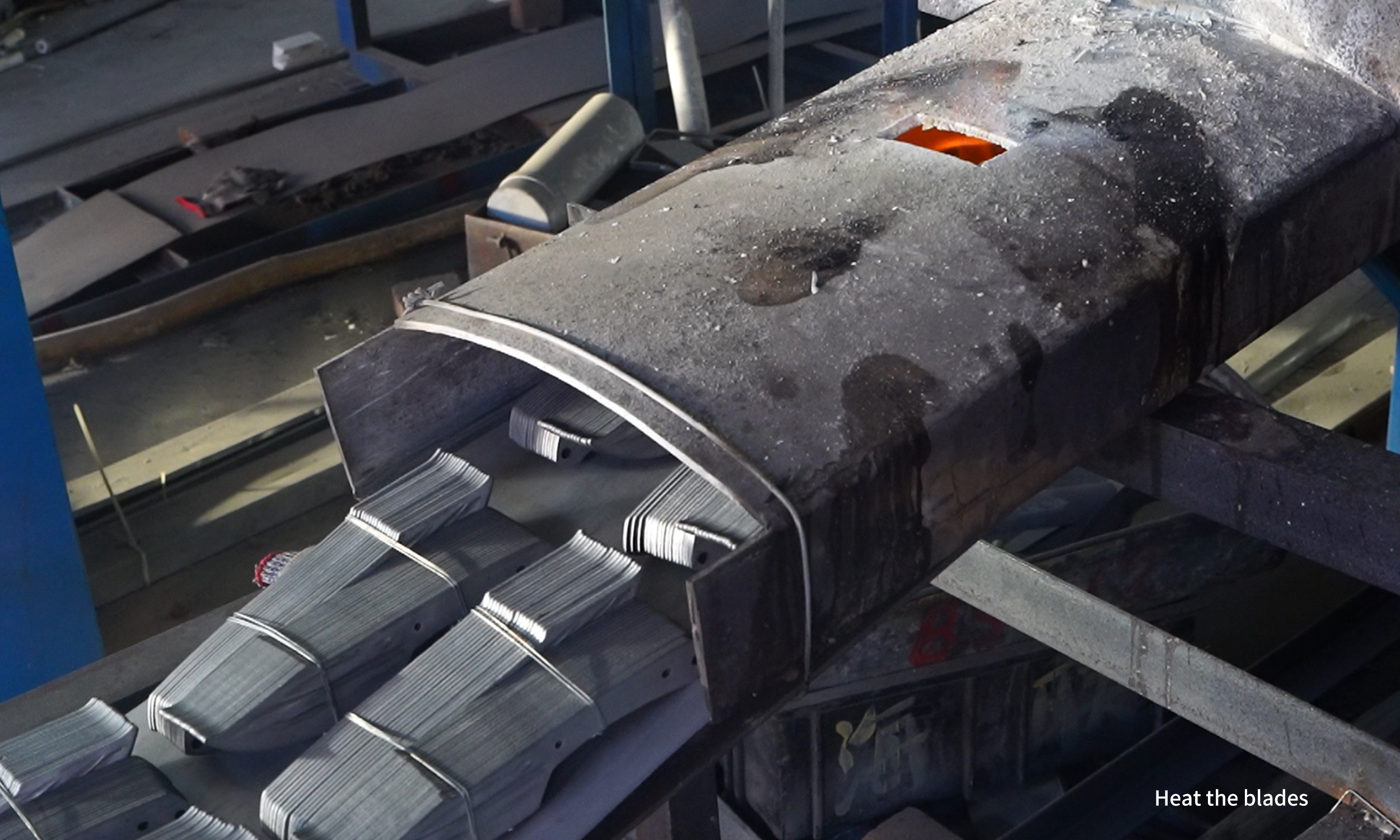
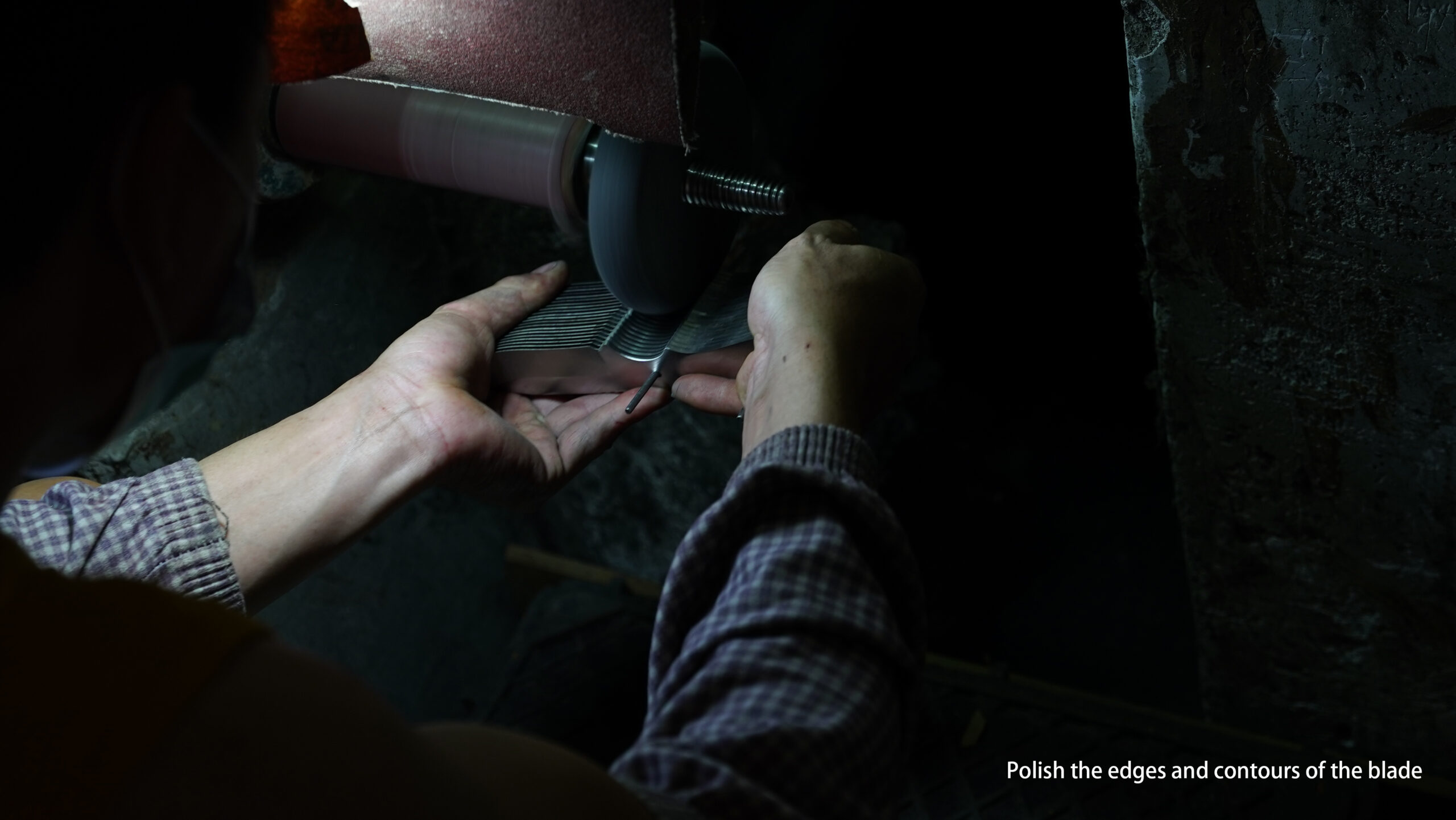 5. Blade Grinding and Sharpening
5. Blade Grinding and Sharpening
After heat treatment, the blade undergoes further grinding and sharpening:
- Profiling: The blade is ground to achieve its final shape and bevel angles. This step defines the blade’s cutting ability and edge geometry.
- Sharpening: The edge is honed to a razor-sharp finish. Various sharpening techniques, including belt grinders and manual sharpening stones, are used to achieve the desired sharpness.
6. Handle Fabrication and Assembly
With the blade prepared, attention shifts to the handle:
- Manufacturing Handles: Handles are crafted from selected materials and shaped to ensure ergonomic comfort and durability. This may involve molding synthetic materials or carving and finishing wood.
- Attaching Handles: The handle is attached to the blade. For full-tang knives, the handle is securely fixed to the extended tang of the blade. For partial tang designs, the handle is assembled around the blade and secured with adhesives or mechanical fasteners.
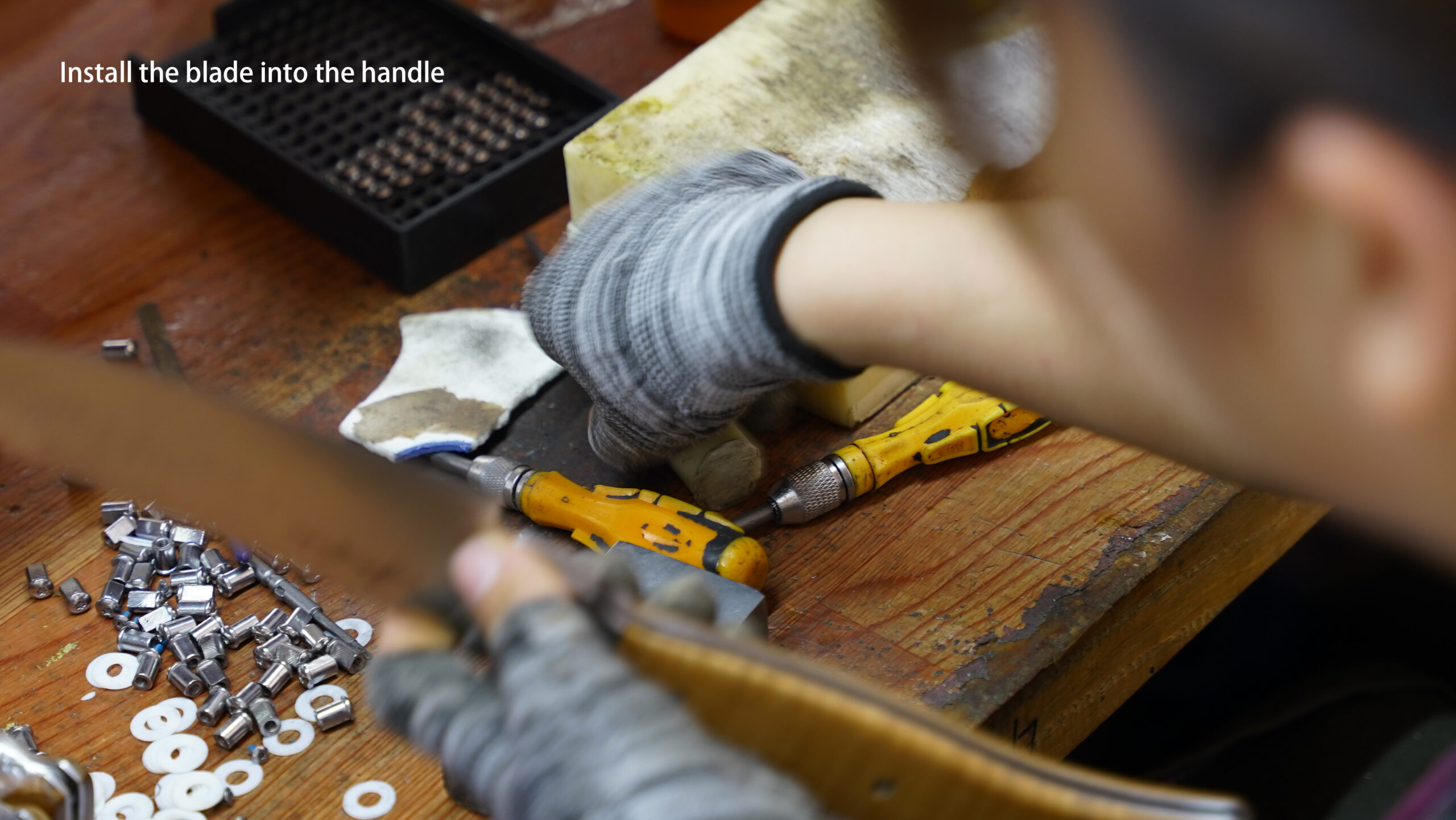
7. Final Assembly and Quality Control
The final assembly and quality control ensure the knife meets all standards:
- Assembling Components: The blade and handle are assembled into a complete knife. This stage may include fitting the blade into a protective sheath or adding additional features like lanyard holes or finger guards.
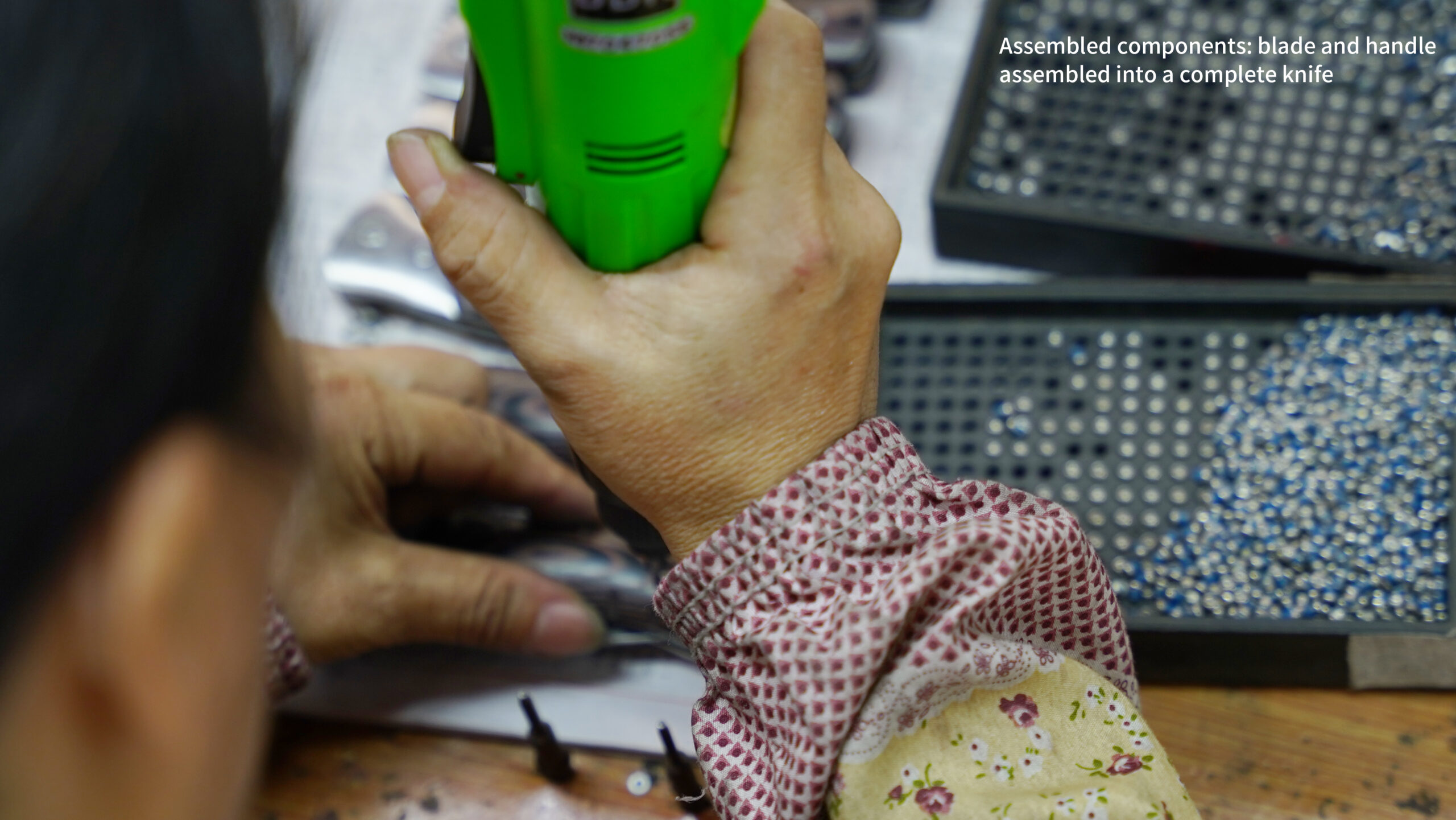
- Quality Inspection: Each knife undergoes rigorous quality checks to verify sharpness, handle comfort, blade alignment, and overall craftsmanship. Any defects are addressed, and the knife is fine-tuned to meet quality standards.
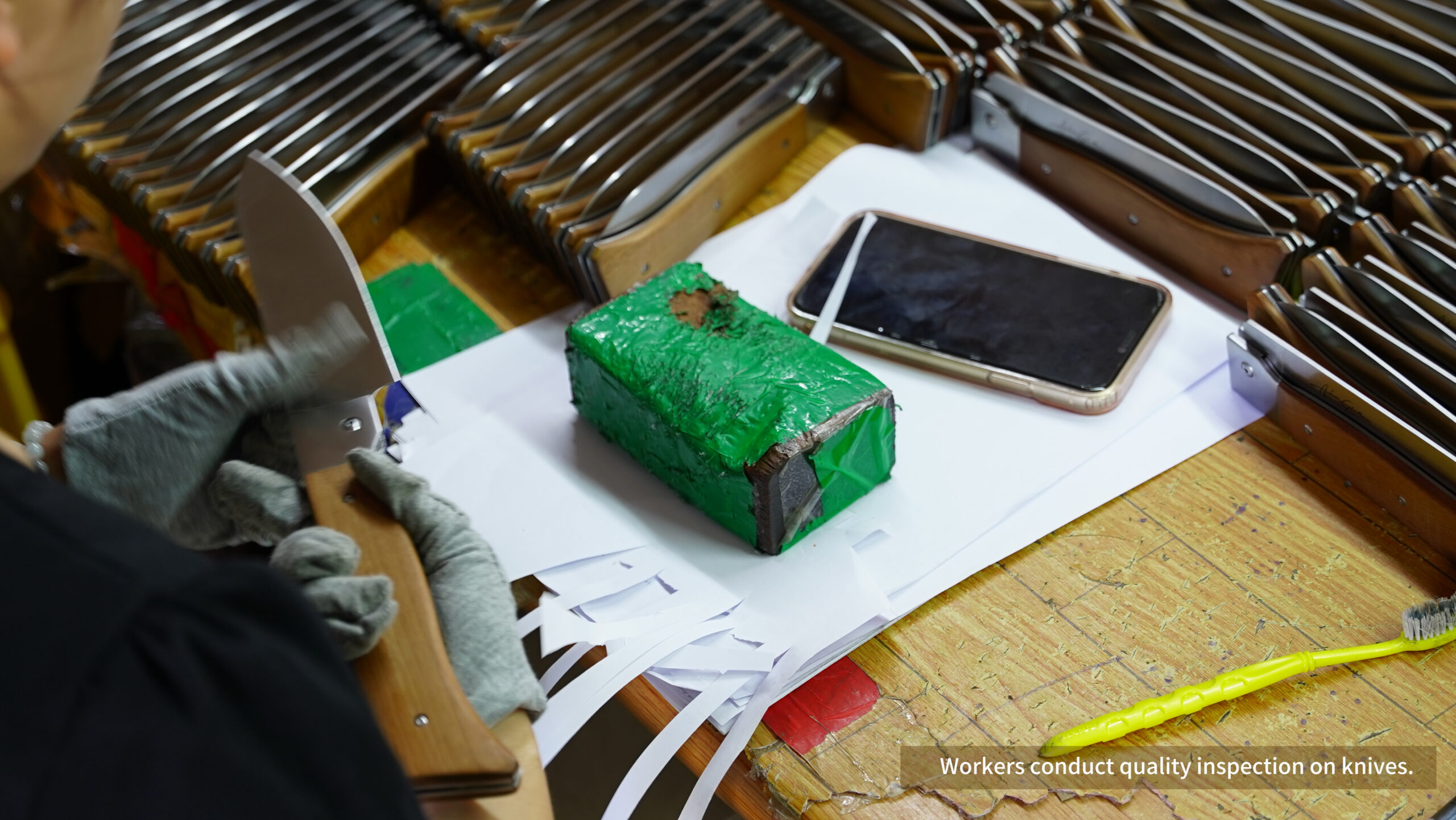
8. Finishing Touches
Before the knife is ready for distribution, it undergoes final finishing:
- Polishing: The blade is polished to enhance its appearance and remove any residual marks from the manufacturing process.
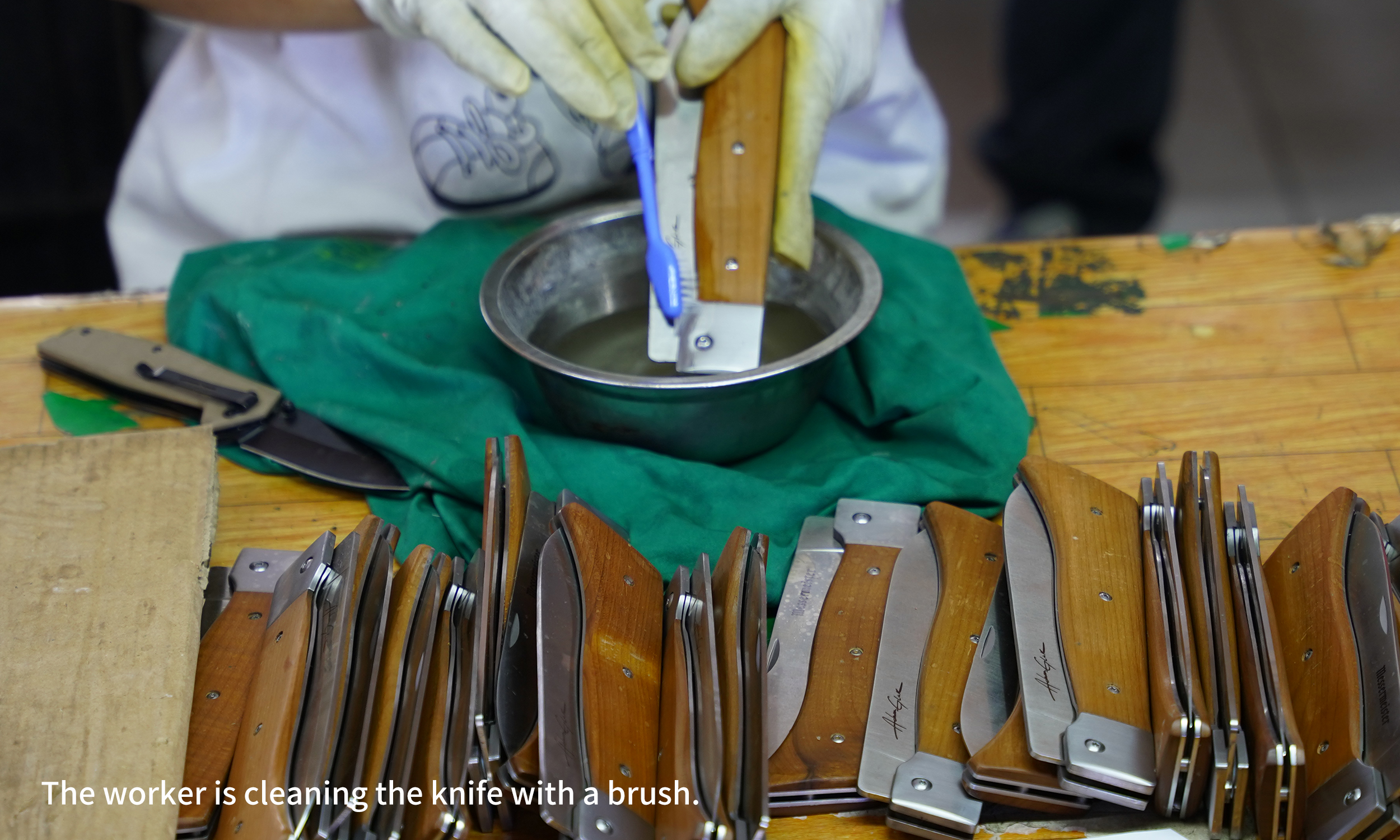
8. FSample Display
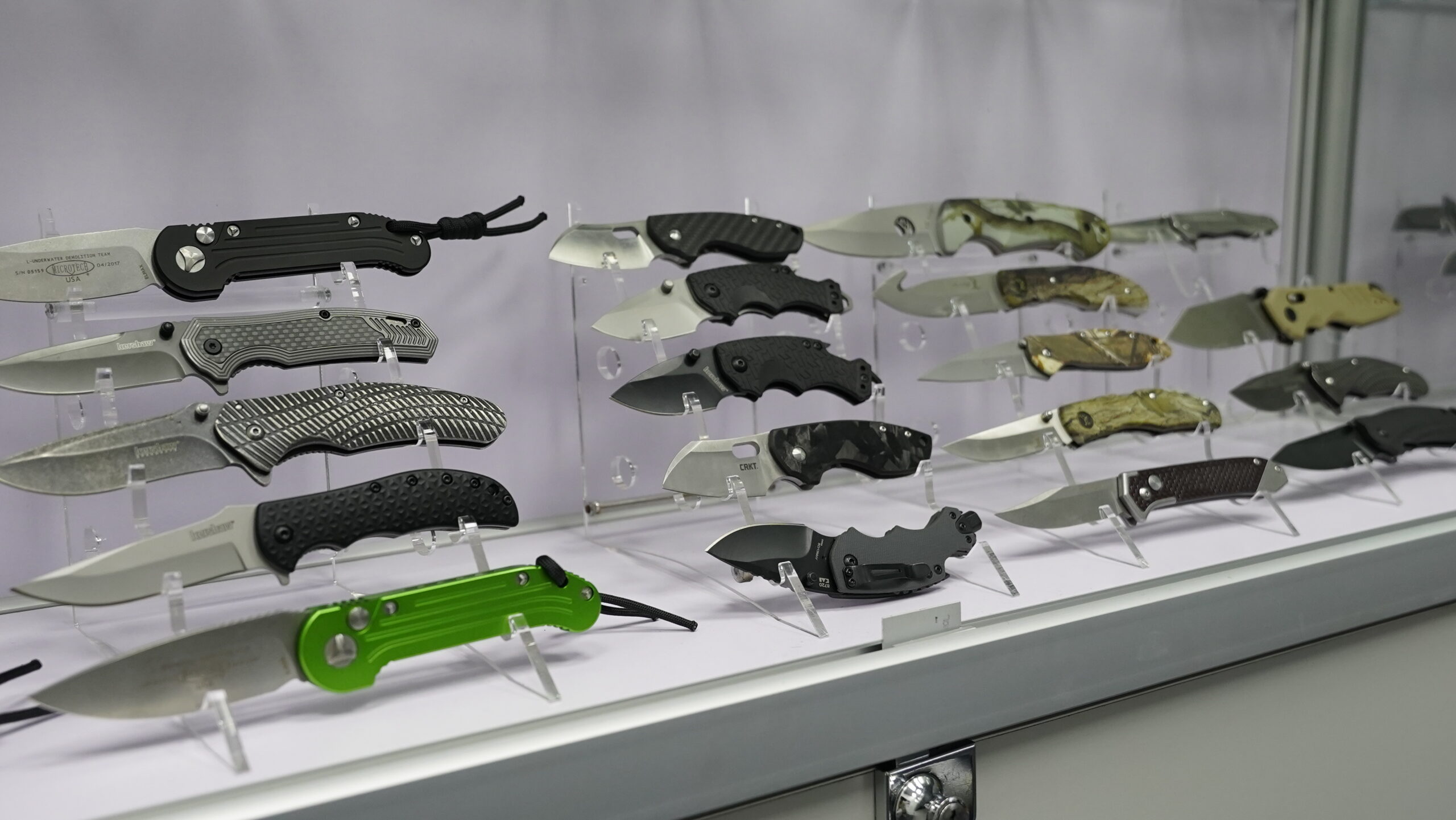








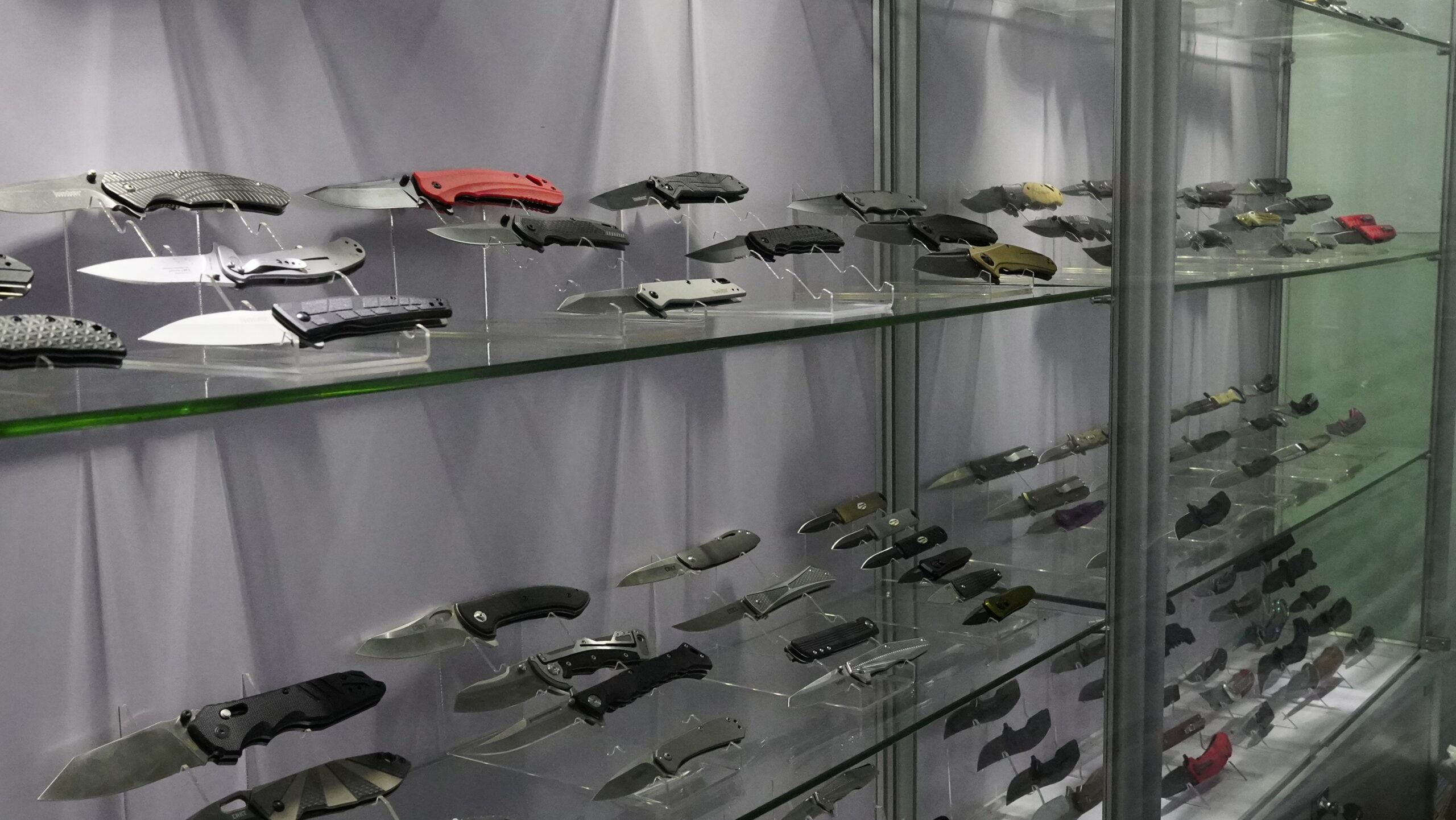
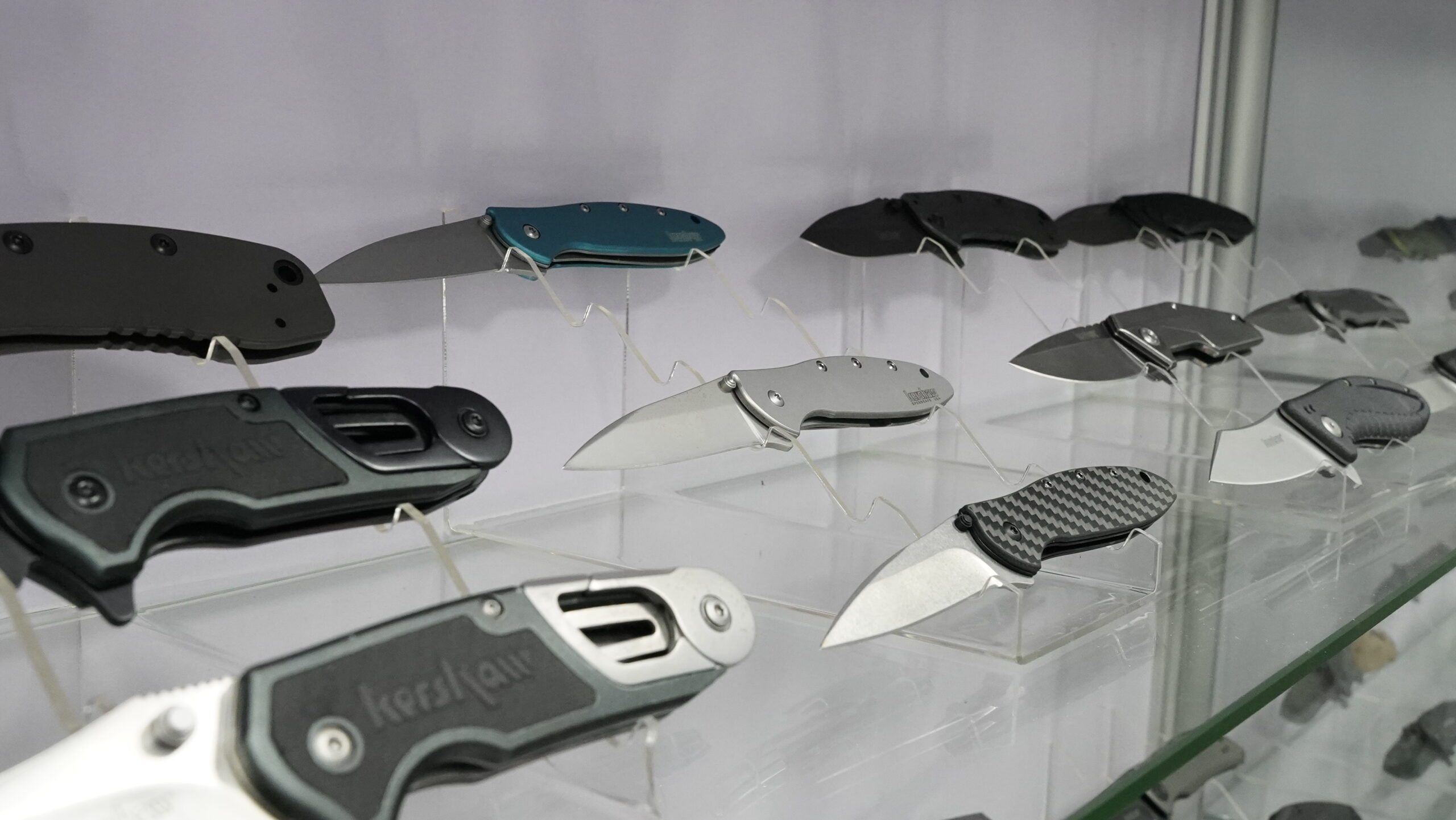
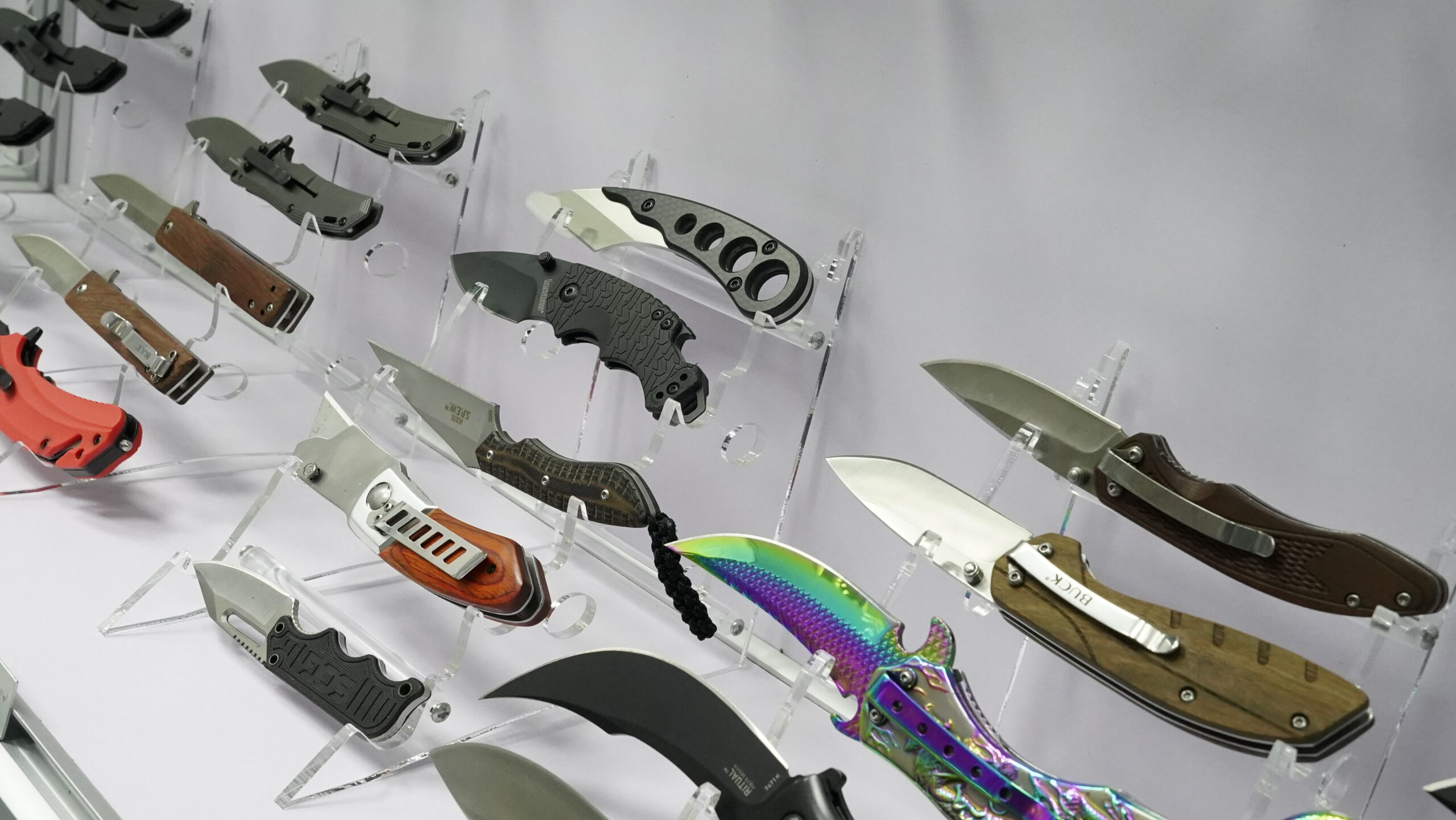
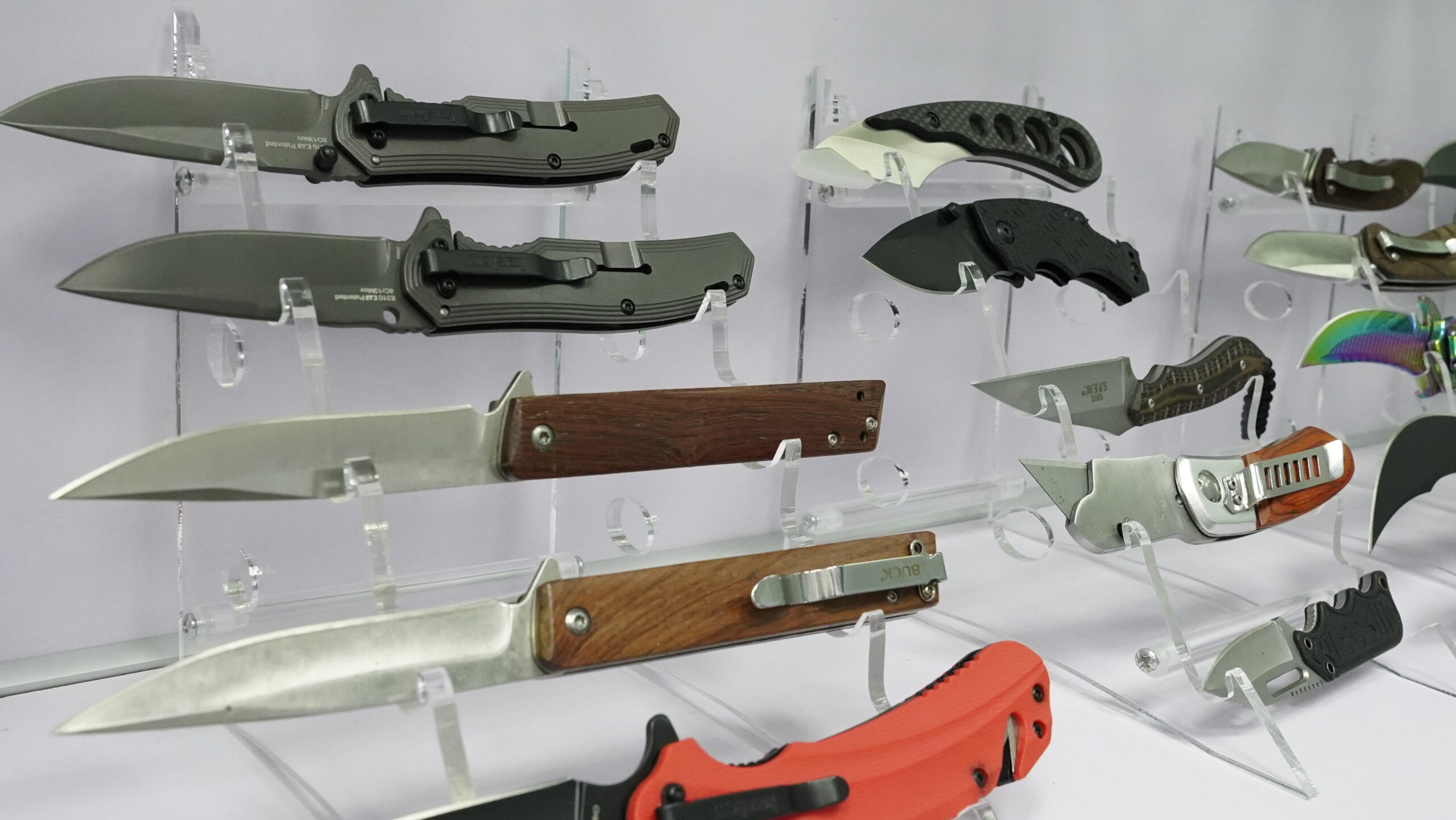
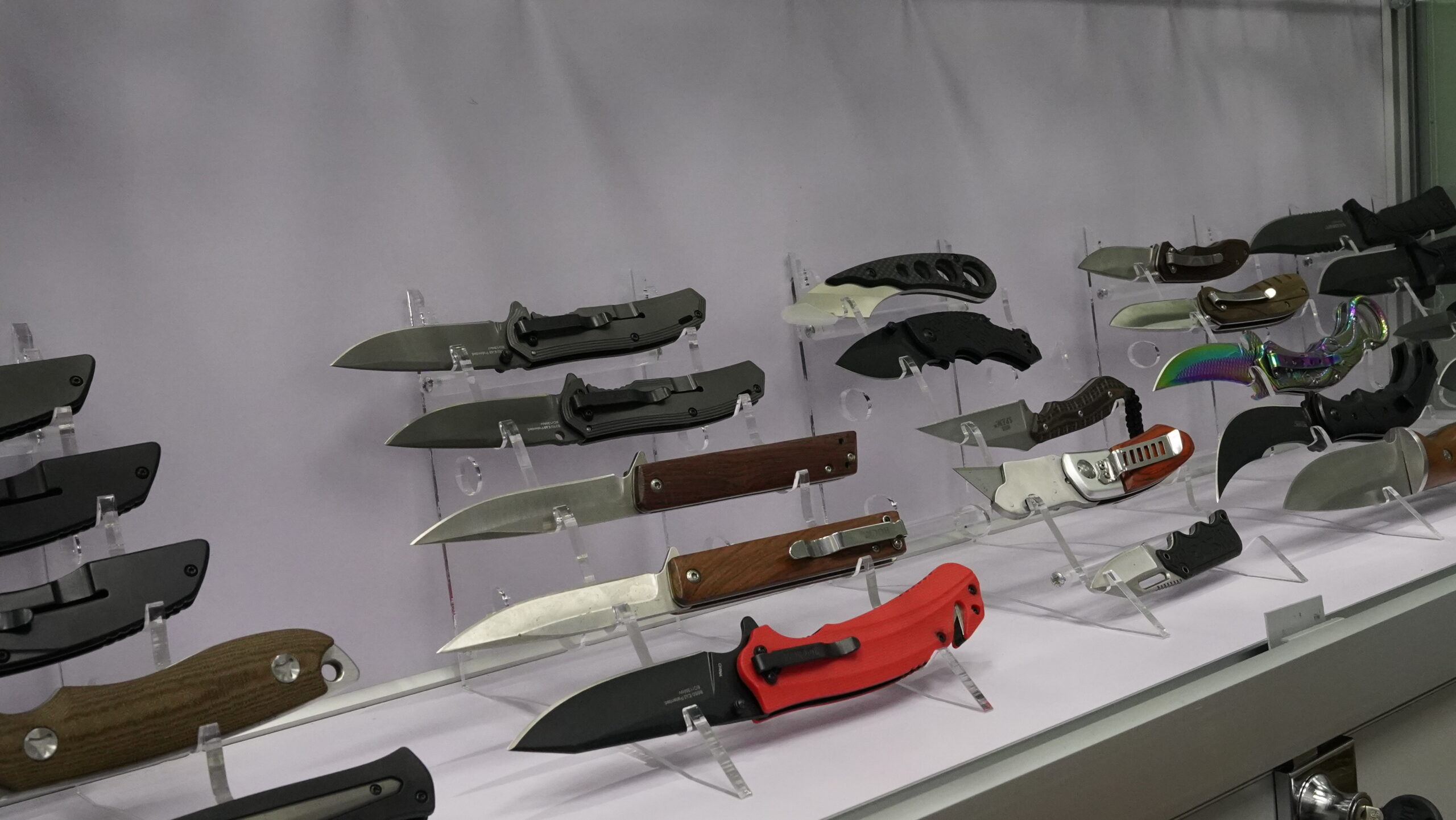
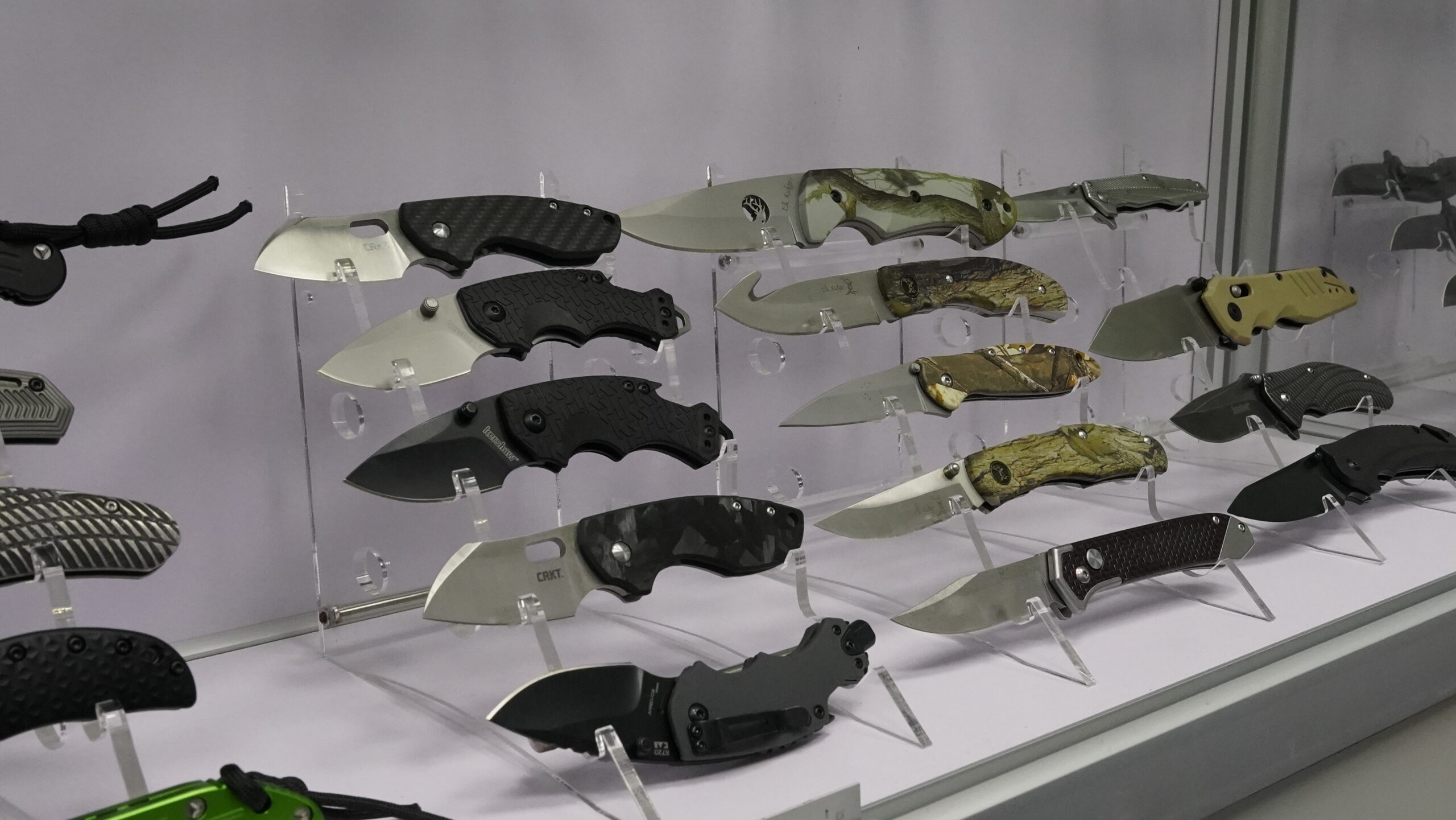
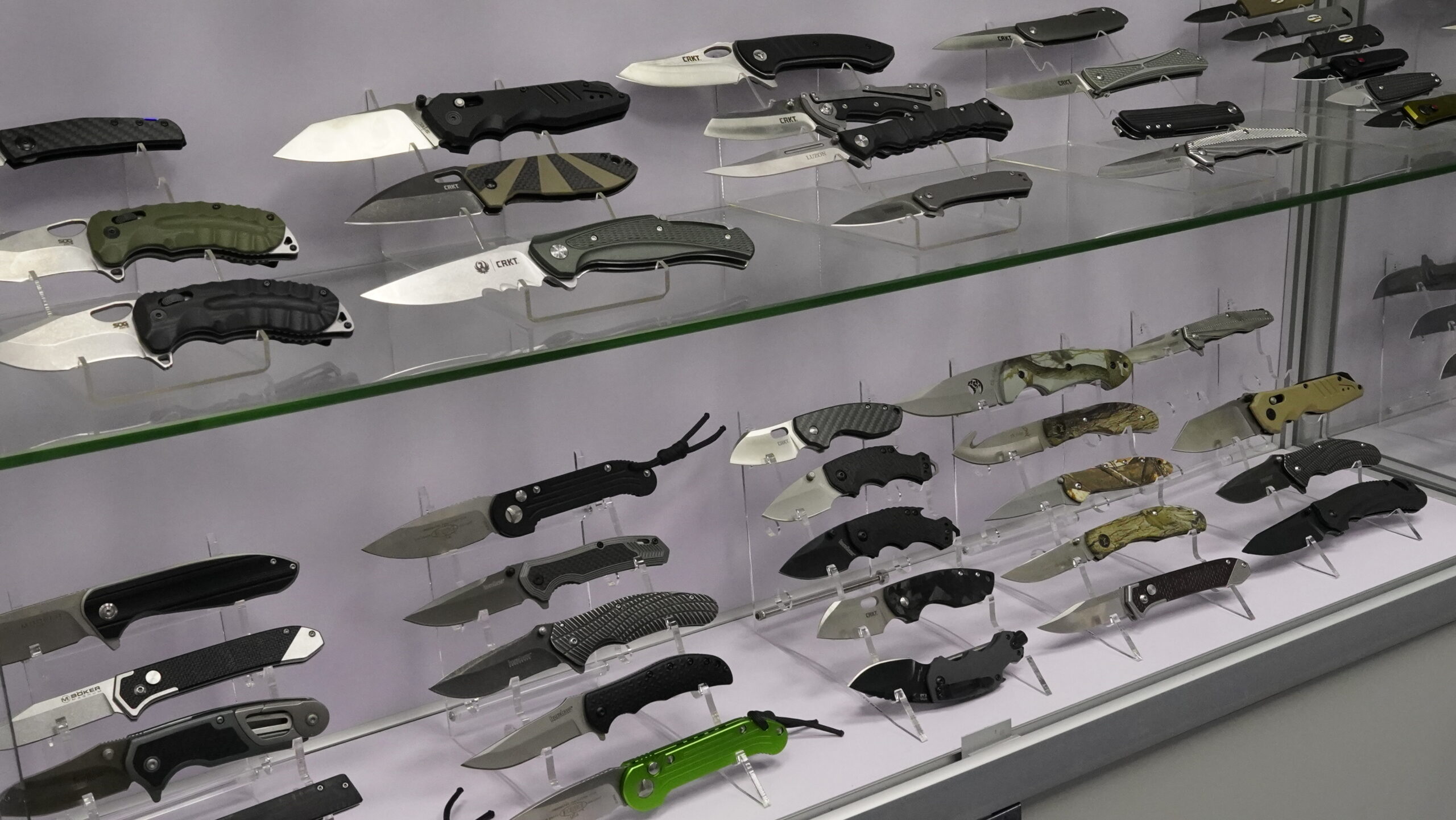

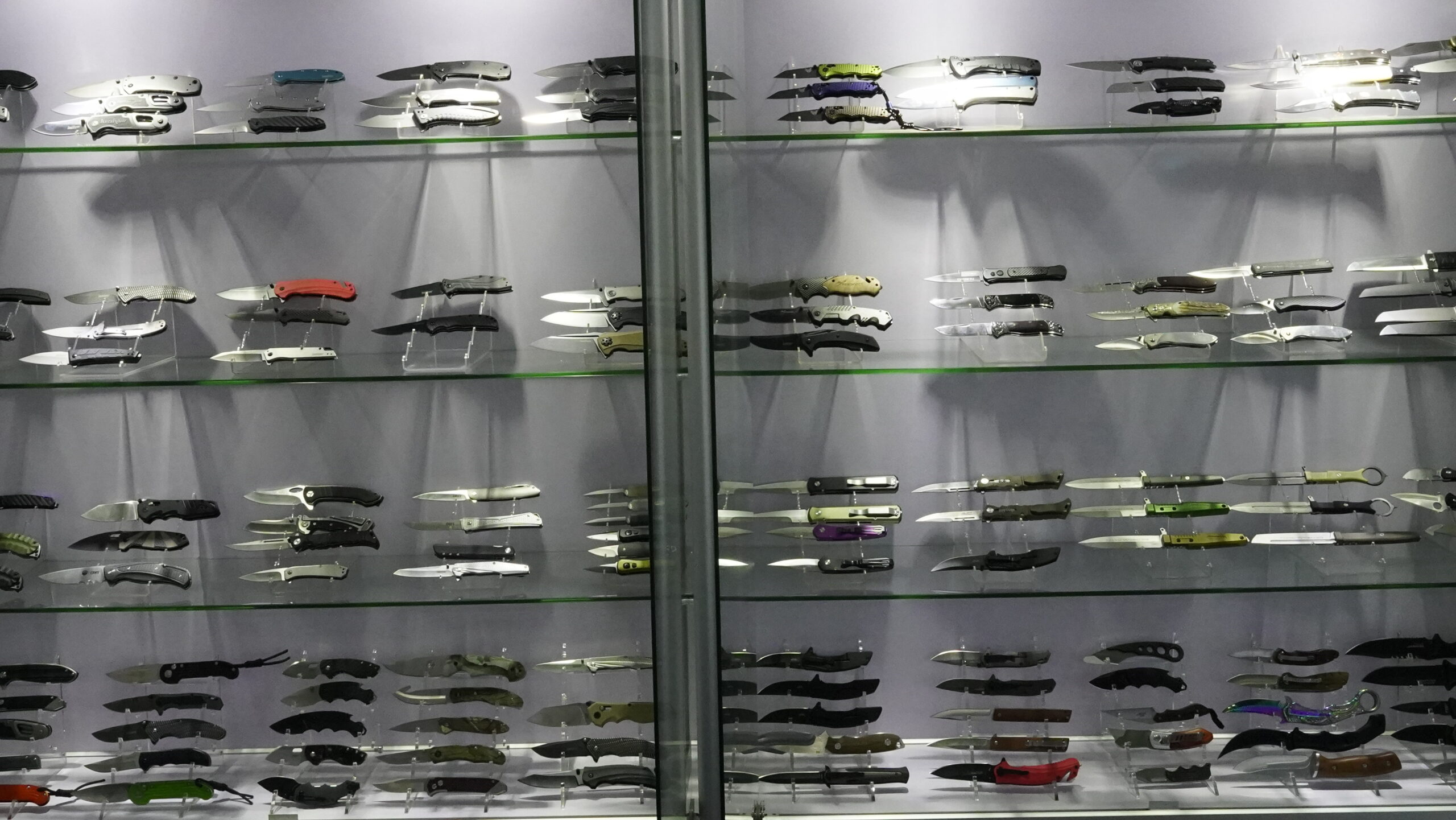
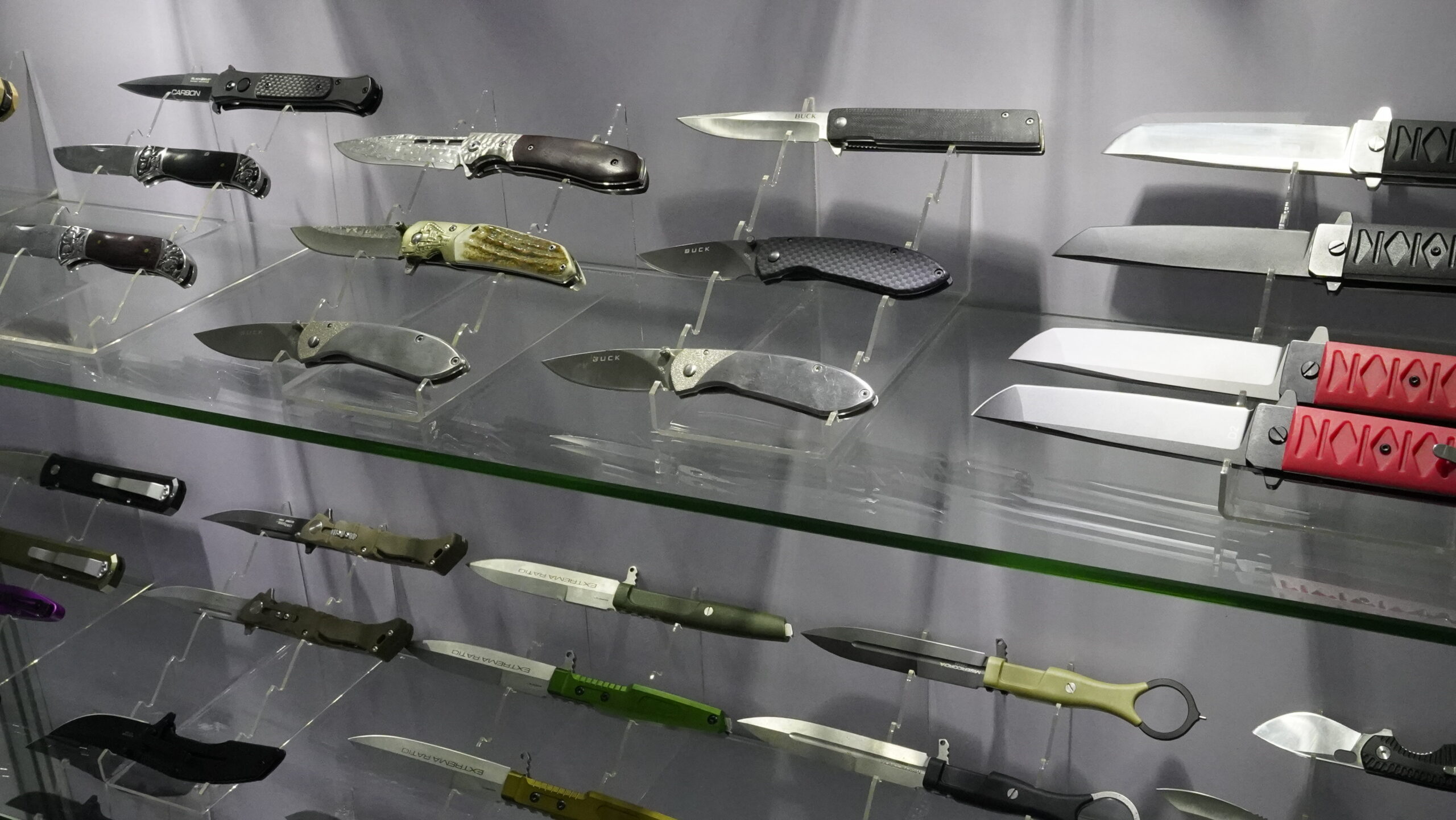
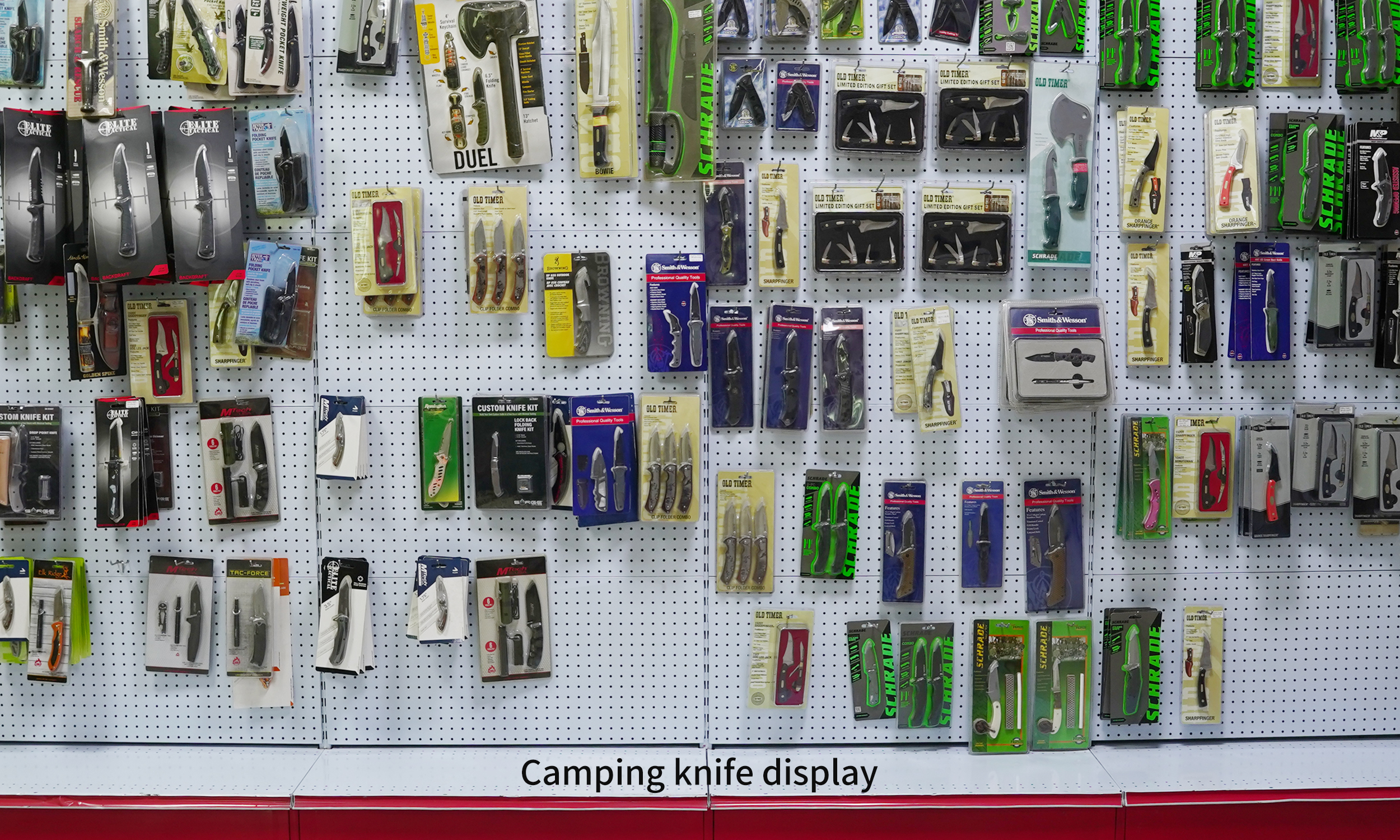
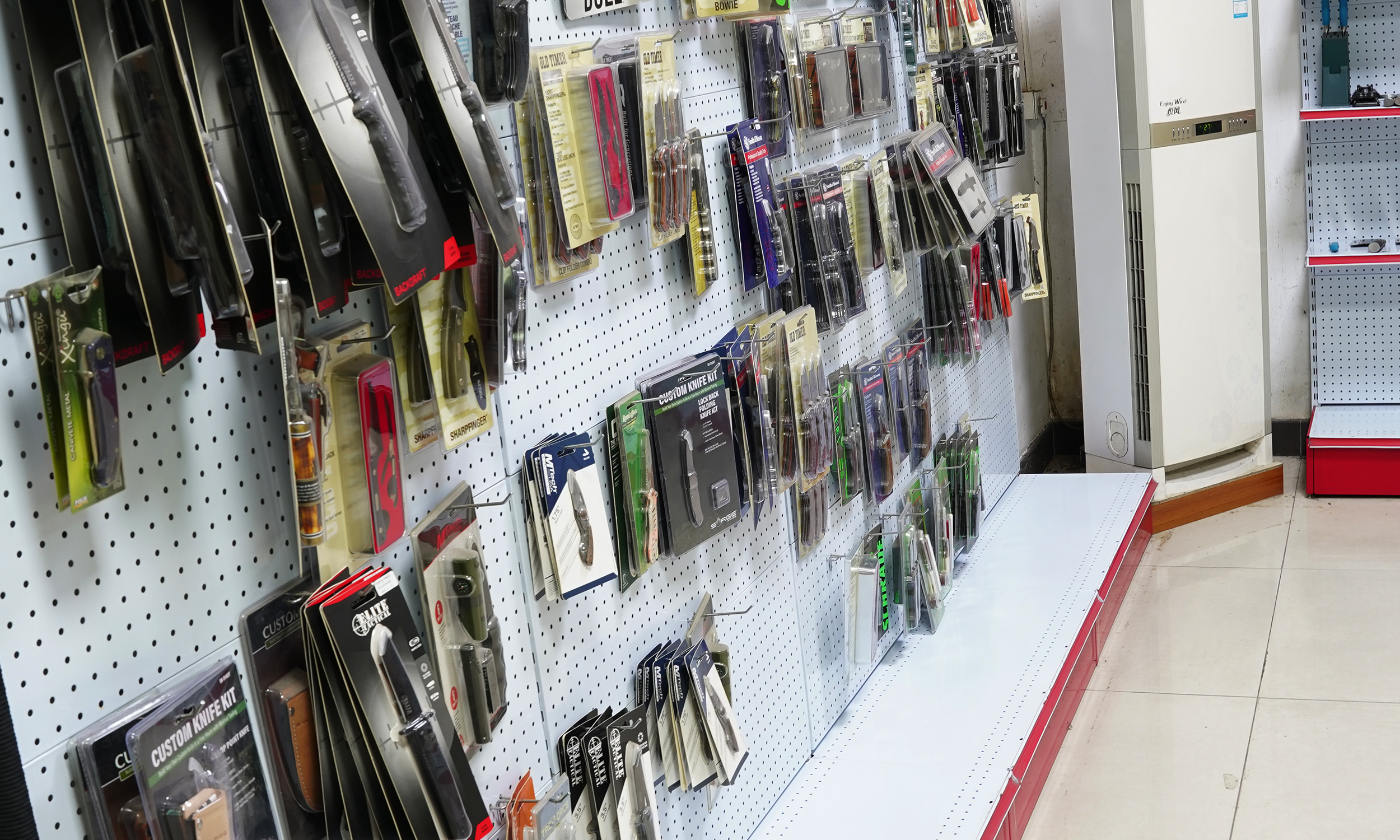
Conclusion
The manufacturing process of a camping knife is a meticulous blend of art and science. From design and material selection to forging, heat treatment, and final assembly, each step is crucial in creating a tool that meets the rigorous demands of outdoor use. Understanding this process not only highlights the craftsmanship involved but also helps consumers appreciate the quality and reliability of their camping knives. Whether for camping, hiking, or survival, a well-crafted knife is a testament to skilled manufacturing and thoughtful design.
 หยางเจียง Anthony มีด Co., Ltd
หยางเจียง Anthony มีด Co., Ltd